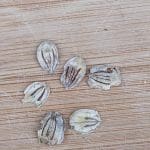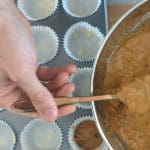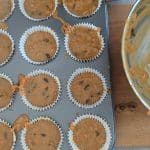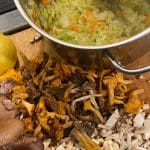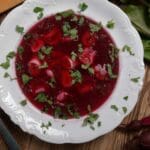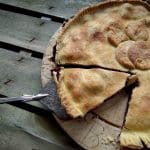As the winter sun gently kisses the earth, and the cool winter breeze fills our lungs, there’s no better time to embrace your inner forager and embark on a culinary adventure like no other with our Hogweed Seed & Carrot Cake Recipe.
Foraging, the art of gathering wild edible plants and fruits, opens up a world of flavours and textures that can elevate your dishes to new heights. Not only does foraging connect us with nature, but it also offers a range of health benefits.
So, if you’re looking for a showstopper dessert that will impress your friends and family, look no further than this mouthwatering carrot cake recipe with a dash of Hogweed seeds. The combination of the earthy sweetness of carrots and the zesty notes of Hogweed seeds creates a flavour explosion that will leave everyone wanting more
Ingredients:
- 175g brown sugar
- 175ml sunflower oil
- 3 large eggs,
- 2 carrots, grated
- 110g raisins
- 1 tsp ground cinnamon
- 1 tsp ground common Hogweed seeds (or the seeds from inside 2 pods of cardamom ground)
- 180g self-raising flour
- 1 tsp bicarbonate of soda
To see our Hogweed identification guide click here.
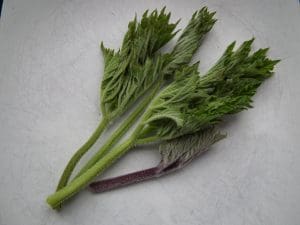
For the icing
- 300g icing sugar
- 150g butter
- A drop of vanilla essence
Method:
- Preheat your oven to 350°F (180°C) and pop cupcake cases in a cupcake tin, or grease a 9-inch round cake pan.
- In a large mixing bowl, combine the eggs, oil & brown sugar and mix together.
- Next add in the carrots, raising, cinnamon & c.hogweed seeds & mix together.
- Now add the self raising flour & bicarbonate of soda through a sieve.
- Mix it all really well until you have a batter.
- Split this between your 12 cupcake cases & bake for about 15 minutes until the centre is no longer runny (pop a skewer in the middle to check)
- Once baked remove & leave out to cool for at least 20 minutes before icing.
Whilst that’s Cooking let’s make the icing:
- Chuck the butter in a bowl and stir until it’s softening nicely
- Add half the icing sugar, making sure to sieve it in to remove any lumps & stir until incorporated nicely.
- Add a splash of vanilla essence and the rest of the icing sugar, through a sieve again and mix well – leave it in the fridge.
Now scoop the icing on top to your heart’s content, use a piping bag if you’re getting all pro or just dollop it on like I do & of course it’s best enjoyed with a cup of tea.
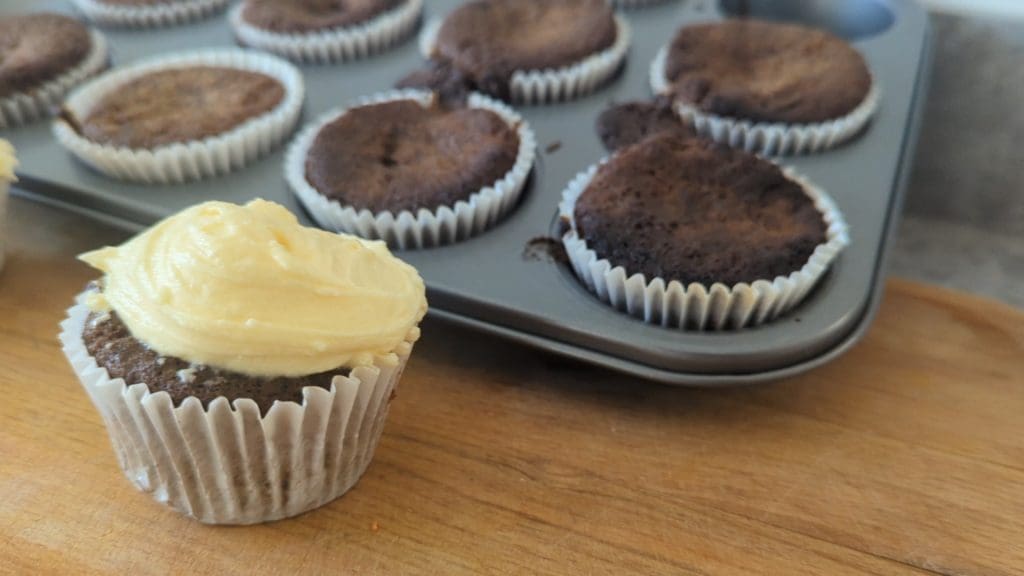
Tips for Incorporating Hogweed Seeds into Other Dishes
Often I hear the question “Can you eat Hogweed Seeds?” and we absolutely can!
Now that you’ve experienced the wonder of hogweed seeds in a carrot cake, it’s time to explore their endless possibilities in other dishes. Here are a few tips to help you incorporate Hogweed seeds into your culinary creations:
- Spice up your marinades: Add a teaspoon or two of Hogweed seeds to your marinades for meats, tofu, or vegetables. The citrusy notes will infuse the flavours beautifully.
- Upgrade your roasted veggies: Toss your favourite vegetables with olive oil, salt, pepper, and a sprinkle of Hogweed seeds before roasting. The seeds will add a burst of flavour and crunch to your dish.
- Create a unique spice blend: Combine Hogweed seeds with other spices like cumin, coriander, and paprika to create your own signature spice blend. Use it to season roasted potatoes, grilled meats, or even popcorn!
Happy foraging and bon appétit!
For more fabulous wild food recipes click here.



